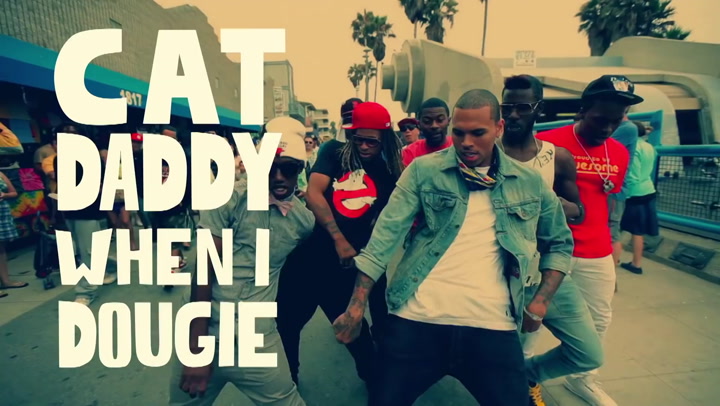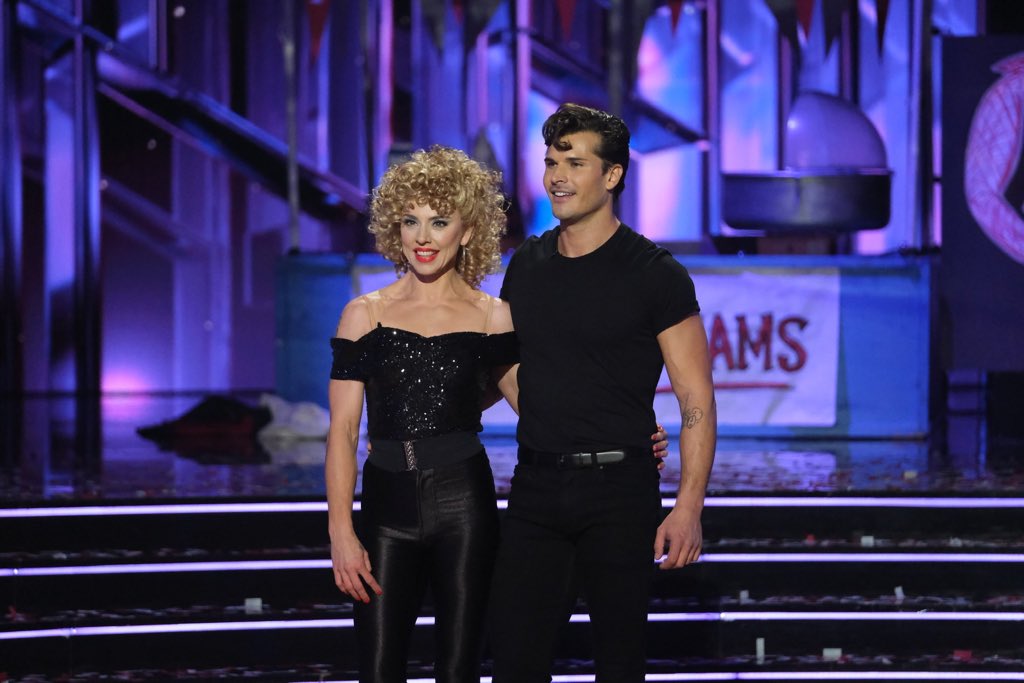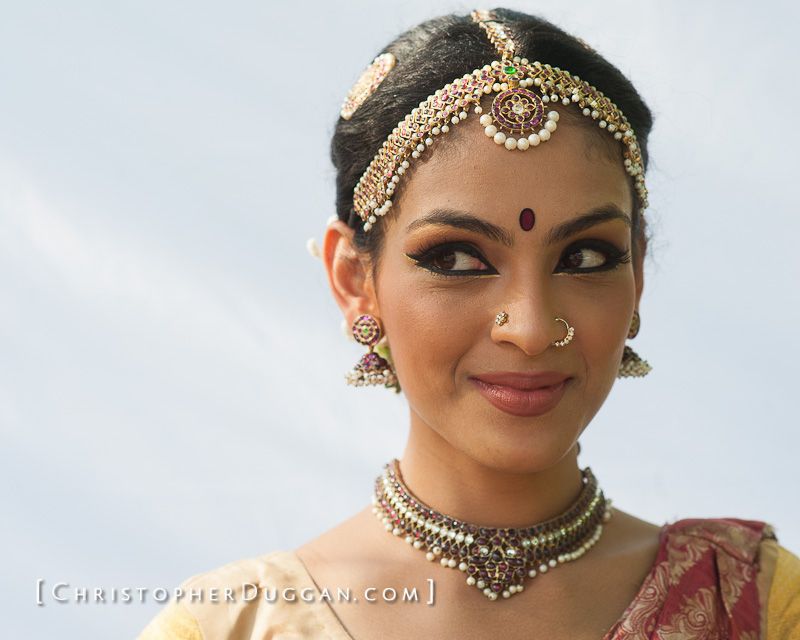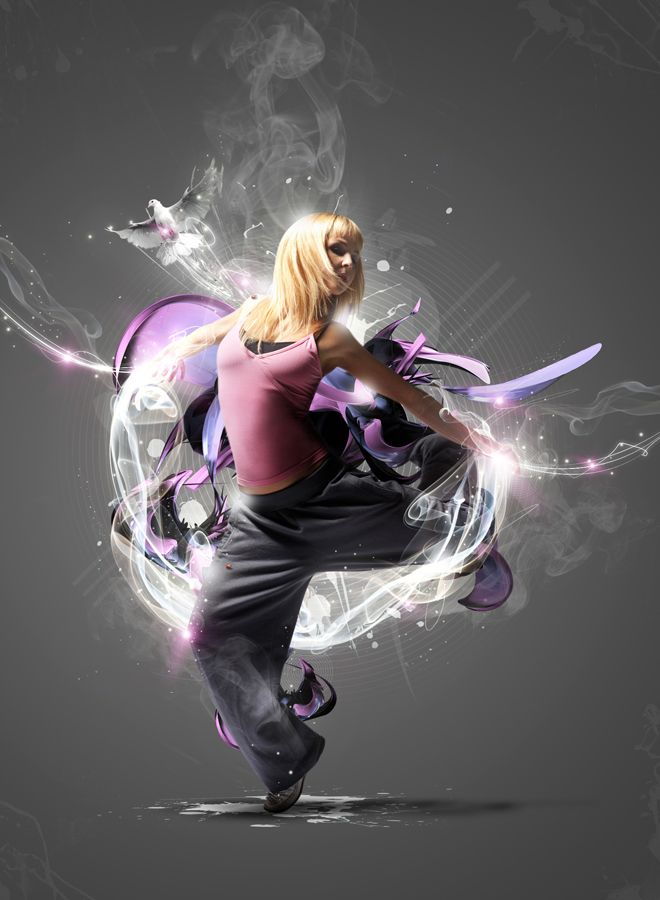How to become a professional salsa dancer
7 'Must Do' Techniques To Become A Better Salsa Dancer
By Kenli Schoolland | Where Can I Dance
The first stage in learning salsa is always the hardest. You’re struggling to focus on both stepping with the beat and moving your arms at the same time. Meanwhile, you either feel like an ironing board with legs or an overcooked noodle.
It’s rough, I know.
I first learned to dance salsa in Chile, when I didn’t speak a word of Spanish. So on top of all that natural beginner’s awkwardness, I spent most of my time at the start turning the wrong way or staring blankly at the teachers.
So now, if you’re anything like I was and are eager to get better, fast, here are seven things you should start doing right away.
1. Learn to laugh at yourself
Many people refuse to even try a dance class because they’re worried about being too awkward and making a fool of themselves. Ironically, that’s what will keep them being awkward for the rest of their lives.
Yes, when you start to learn a new dance, you are going to be awkward. And that’s OK! Embrace it.
The more quickly you learn to laugh at yourself and your mistakes the more quickly you’ll be able to relax enough to actually learn.
The best thing you can do is to take a note from Taylor Swift and just “shake it off.”
And in class, don’t be shy and don’t beat yourself up. Look your partners in the eye… and SMILE! They’re probably feeling just as uncomfortable as you.
2. Practice by yourself
I know. Nobody likes homework. And while I can’t vouch for the value of all those high school trigonometry assignments, I can say that with dance at-home practice is potentially more important than the class.
After all, dance is all about learning and understanding your body.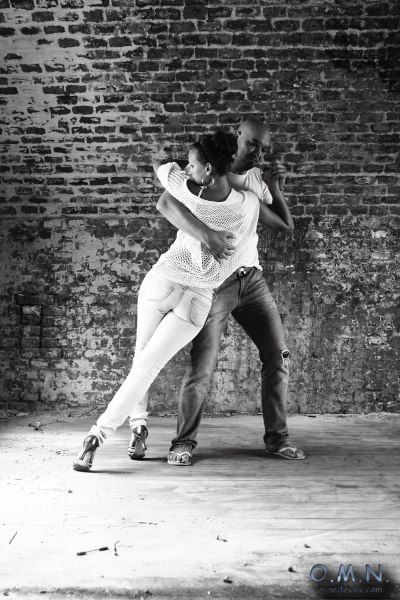 And that’s pretty hard to do when you’re busy trying to follow the teacher’s steps, make polite small talk with your dance partner, and not look like a fool in front of the whole class — all at the same time.
And that’s pretty hard to do when you’re busy trying to follow the teacher’s steps, make polite small talk with your dance partner, and not look like a fool in front of the whole class — all at the same time.
Dancing by yourself is when you can actually internalize what you’ve learned. You allow yourself to feel comfortable trying and messing up. And you can begin to add your own flair to the moves.
And yes, feel free to dance in your underwear. I mean, why not?
3. Film yourself… and watch it
For me, this is the hardest task on the list. Not the filming part. But the watching it after. Most of the time I can’t bring myself to do it. It’s just a straight-up cringe-fest.
In my mind, I looked fabulous doing those moves… and when watching myself it can be pretty painful to face the reality.
Nonetheless, this is one of the best things you can do if you want to improve. All the professionals do it. Professional speech coaches make you do it. Models do it. Actors do it. Athletes do it.
All the professionals do it. Professional speech coaches make you do it. Models do it. Actors do it. Athletes do it.
If you really want to fix your mistakes and get better, you have to see what you’re doing wrong first.
4. Get your attitude on
More than moves, dancing is all about attitude. While ballroom attitude may be different than hip-hop attitude, across all genres there’s one common theme: confidence.
Don’t fret if you’re not oozing confidence at all times. It’s something you can work on.
And the first step is to sit down, stare at yourself in the mirror, and tell yourself you’re hot!
Spend a little time being vain. Try to seduce the mirror. Pull up your posture, practice some different dance faces, and tell yourself you’re a star.
Again, at the start, you are going to feel awkward. But hey, you gotta fake it ‘til you make it!
But hey, you gotta fake it ‘til you make it!
5. Watch dance videos
Dancers watch videos of other dancers ALL THE TIME.
It doesn’t matter if you’re just starting out or if you’re a world champion dancer. One of the best things you can do is to watch dance videos.
This will help you learn more moves beyond those of your local teacher. It’ll give you inspiration for your shows, for the dance floor, and in your dance goals.
And if you want to get even more out of watching videos, aim to imitate and learn the moves that interest you.
I know many professional dancers who will download and crop videos to remember and practice certain moves they like. I know others who will learn entire choreographies from videos as practice. Whatever works for you.
Imitate your favorite artists enough and soon you’ll be dancing just like them!
6.
 Listen to the music ALL the time
Listen to the music ALL the timeOne of the quickest ways to look like a pro on the dance floor is to really know the music.
That way you move and adapt to the songs and you can respond to the musical breaks. After all, for a guy, nothing looks more pro than knowing to dip your partner RIGHT with the final note.
To get to that level, you have got to listen to the music all the time.
Listen while you’re cooking, listen while you’re on your way to work, listen while you’re at the gym.
And dance along! No matter where you are! Feel the music and improvise along with it.
It’s almost like hypnosis. Do it enough and your body will start anticipating the music even when you’re not thinking about it.
7. Go social dancing
Learning a new move in a class is great, but it’s not a real test of your abilities.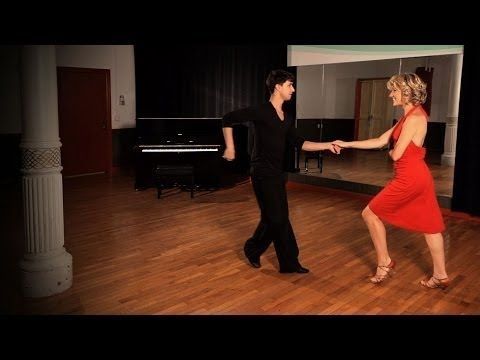
Your partner was just shown the same moves… so even if you lead or follow horribly you’ll still come out looking alright.
Thus, to truly learn and improve there is nothing that compares to social dancing.
Make sure to go out to your local Latin dance club at least once a week. Heck, go as many times a week as you can! After all, you’re not partying… you’re training!
When you go out, be sure to dance with as many people as possible! And suck up the courage to ask people who are better than you to dance as well.
This will help you to properly lead or follow, to really feel the music, and to begin to improvise— all of the key elements to being a good dancer.
Bonus: Dress up!
One of the things that helped me most in moving past being a beginner dancer was the realization that dancing is essentially acting.
While I may not be the most sensual and confident person in everyday life… I can be on the dance floor. And I have to if I want to look like the pros.
And I have to if I want to look like the pros.
Since it’s not who I am 24/7, it’s a switch I have to turn on when I step onto the dance floor. LIke an actor, I have to get into character.
And just as an actor will dress up or use props, for me, the shoes I wear make all the difference. Once I put my dance heels on, I transform.
It’s just hard to feel elegant and sensual in sneakers. Whatever your trigger is, find it and use it to help you embody the dancer you aim to be.
Conclusion
Learning to dance salsa may be hard at the outset. But with these seven tricks you should find yourself improving very quickly.
Sure, it takes a lot of practice, but when that practice means dancing the night away in a club… well, you can’t really complain, can you?
Dance Teacher Training | Learn How To Be A Dance Teacher
Join our team…become a professional dance teacher. Spend your time doing what you enjoy and make money at it.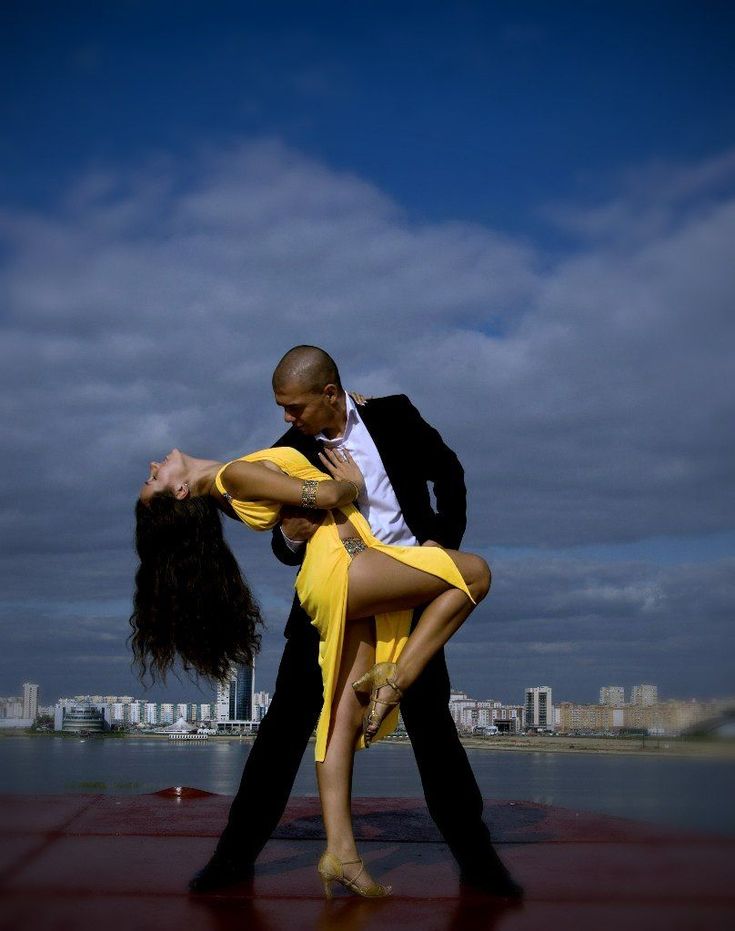
We are looking for people who are outgoing, personable, self-motivated and want to share their love of dance.
Teach salsa, bachata, tango, swing, ballroom and more.
A good dance teacher can earn as much as $50 per hour or more. Full time and part time positions are available.
Set your own hours. No prior teaching experience necessary. We offer a 4 to 8 week teacher training program. To find out more about our dance teaching training program, email us with your basic contact info, a short paragraph about yourself and any other information you think is important to:
ARTICLE ON DANCE TEACER TRAINING PROGRAMS
Group salsa class in Park Slope Brooklyn
You want to become a dance teacher. You see lots of different dance teacher training programs, but aren’t sure how to choose a good one. Here are some tips.
If you want to work consistently and make a living as a full-time dance teacher, the more dances you know, the better. If all you know is salsa on2 or Argentine tango it will be difficult to keep yourself employed.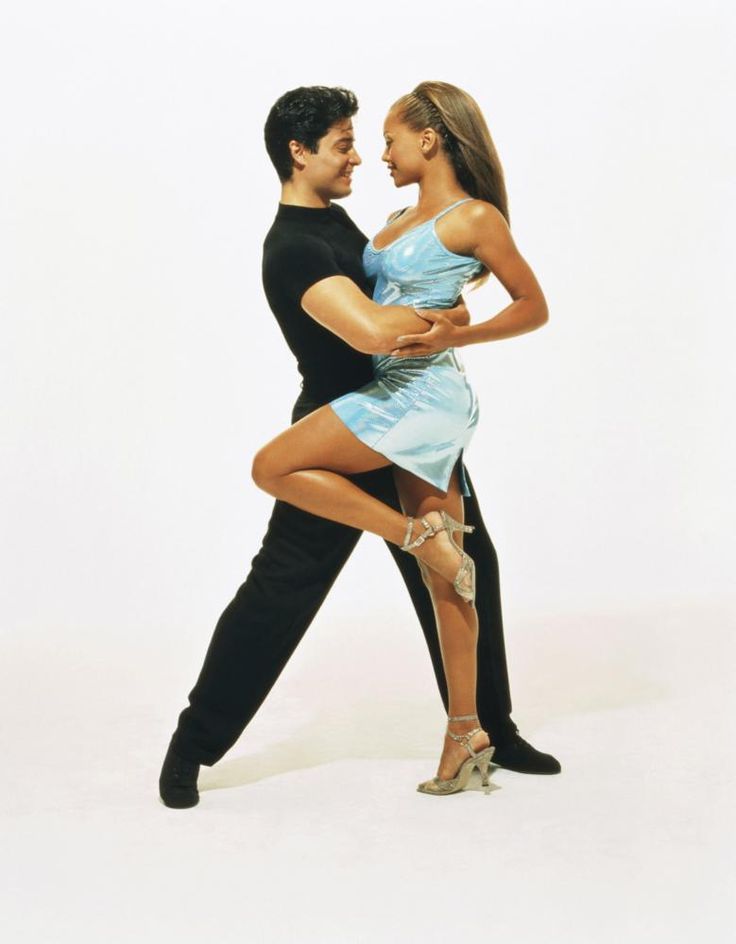
Owning two Brooklyn dance studios, I get resumes and calls everyday from professional salsa dancers, professional Argentine tango dancers, belly dancers, international Latin and ballroom dancers looking for work. The first thing I ask them is, do they know any other dances or styles? If the answer is no, I will have a hard time employing them.
Dance schools want dancers who are well-rounded. It’s great to be an expert in one dance, but know some others. I just got a resumes from a dancer who’s been dancing for 15 years and all she knows is salsa on2. In 15 years she couldn’t pick up some other dances?
Here’s a typical day for me and any of my dance teachers. Yesterday at 9am I taught a private at our Flatbush dance school. The student is doing hustle, salsa on1, and bachata. At 10 I taught an Argentine tango private. At 3 I went to our Park Slope studio and taught a private bachata lesson. This student also wants to learn cumbia. At 7 I teach a couple who is doing social ballroom. At 8 we have a two-hour intermediate salsa class. Where would I be if I only knew how to dance one dance or style?
At 8 we have a two-hour intermediate salsa class. Where would I be if I only knew how to dance one dance or style?
A dance student frequently starts leaning one dance, then become interested in a different dance. If all you know is that one dance, you will lose them as a student when they want to move on to a different dance. Also, a school would rather have one teacher doing two hours than two separate teachers each doing an hour each. It’s just easier. So, make sure the teacher training program is making you into a well-rounded dancer. This way no matter what a student wants to learn, you will be the go to dance teacher for that studio.
Is there any kind of placement program? It’s great that they are training you in salsa on1, salsa on2, Argentine tango, Latin and ballroom, hustle and wedding choreography; making you into a well-rounded dancer. But what happens when you’re done with your training? Do they have work for you? Consider this. The dance training program that has work for you is the one you should choose.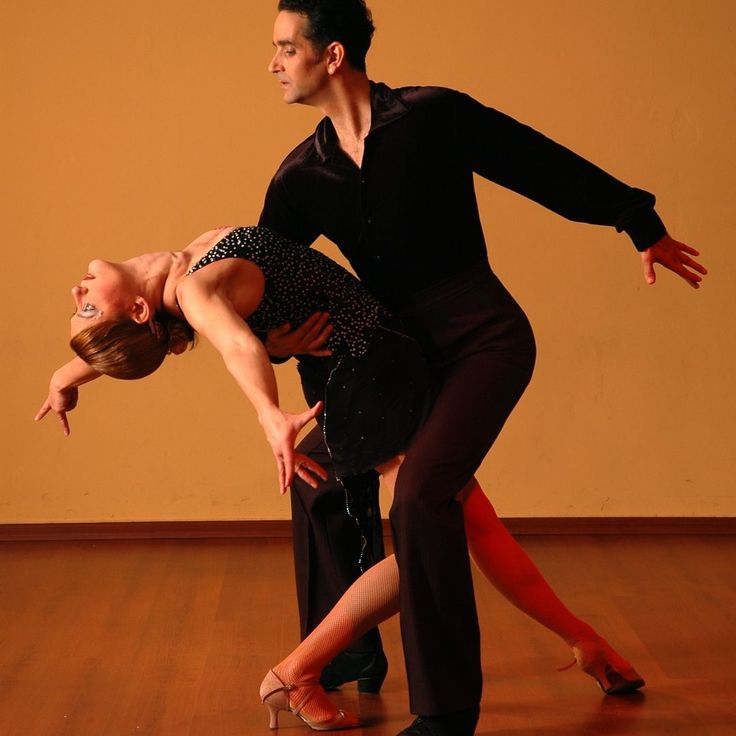
Do they teach you how to teach or just how to dance? Many great dancers don’t know how to teach. The teachers who last and make a good living, are the ones who know how to teach and not just dance. You will be getting lots of different types of students. You don’t want to teach each one the same. Some are very serious about dance and dancing well. Most are not interested in become professional dancers, and are just doing if for fun. Teach the right way and you will keep your student and get more.
Do they teach you about the business end? What good is it if you know all the dances and how to teach, but can’t get any business. Even if you’re not interested in opening up your own dance studio, knowing sales and how to get students is important. I see some of the best dancers starving for work. Not having any idea how to generate business and keep themselves employed. Consider all these things when choosing a dancer teacher training program.
DANCE SYLLABUS FOR DANCE FEVER STUDIOS
Latin Dances: salsa, cha cha, rumba, merengue, samba, bachata, bolero, cumbia.
Salsa Beginner Class: weight shifts, basic timing, dance positions 1 through 5 and crossover, right and left spot turn, 1/4 turns, chase, figure 8 and Cuban motion, dance posture.
Salsa Preintermediate Class: review of dance positions, body mechanics of figure 8 and Cuban motion, lead and follow technique, 1/2 chase, open break, pencil turn, copa, cross body lead, reverse cross body lead, keeping your line, dance circle, turn patterns, arm styling, suzy Q, double point and cross, heel breaks, cumbia step.
Salsa Intermediate Class: body mechanics, contra body, cross body with turn, variations on cross body, peek a boo and variations, copa variations, copa turn, copa turn variations, 1/2 moon, 1/2 moon variations, pencil turn variations, multiple turn patterns, dancing in the box, change of timing, arm styling, NY style, LA style, Cuban style, zig zag, heel toe side, toe heel cross, syncopated side breaks, shimmy, walking on egg shells, hip roll, body wave.
Bachata Beginner Class: bachata timing, side to side basic, forward and back basic, body mechanics, bachata dance holds, hip lift, hip slide, 1/2 turns, full turn 3 step turn, lead and follow technique, turn patterns.
Bachata Intermediate Class: multiple turn patterns, cuddle and parallel, hustle step, duck under, hand drapes, continuous turns, change in timing, bachata shines.
Cha Cha Beginner Class: cha cha basic timing, syncopation explained, cha cha side to side basic, forward and back basic, dance positions 1 through 5, body mechanics, right and left spot turn, 1/4 turn, chase, partner work, lead and follow technique.
Cha Cha Intermediate: body mechanics, cha cha walk, cross body, cross body with turn, reverse cross body, peek a boo, 1/2 moon, shadow, triple cha cha.
Merengue Beginner Class: basic timing, weight shifts and figure 8, side breaks, continuous move left and right, continuous spot turns, partner work.
Merengue Intermediate Class: lead and follow technique, turn patterns, open and closed dance positions.
Rumba Beginner Class: basic rumba timing, dance positions 1 through 5 and cross over, box step, body mechanics and posture, arm styling, lead and follow technique.
Rumba Intermediate Class: body mechanics, getting in and out of basic, partner work, open break, open break with turn, 1/2 moon, sliding door.
Samba: basic timing, basic step, syncopation, body mechanics, whisk, turn from basic, copa(samba walk),side syncopations, continuous side step, side samba walks, turns from whisk.
Hustle and Swing
Hustle Beginner Class: four count hustle dance positions, rocking step, weight shifts and body mechanics, sugar push, push and pull, the wheel with 1/4 turns, the wheel with 1/2 turns, crisscross, crisscross with window, cuddle and parallel, cross body lead, syncopated hustle.
Hustle Intermediate Class: syncopated hustle, lead and follow technique, cross body lead, cross body with track cross, cross body with turns, double turns, shadow position, keeping your line, arm styling, New Yorker, getting in and out of basic, kicks, spins, fans, multiple turn patterns.
Swing Beginner Class: swing timing, single, double and triple swing, basic step in place and turn, underarm turns, she goes he goes, cuddle and parallel.
Swing Intermediate Class: partner work, tuck turn, back to back with kicks, break endings, swivel, double heel rock, sliding door.
Argentine Tango
Argentine Tango Beginner: basic tango timing, finding the beat, weight change, close and open embrace, staying on axis, partner connection, tango walk, rock step, dissociation, pivots, ganchos, ochos.
Argentine Tango Intermediate: Musicality, walking variations, impovisational side, boleos, ganchos, parallel and crossfoot system, sacadas, moulinetes, barridas, adornos, line of dance, floor craft, practice hold exercises.
Valtz Beginner: Basic timing, difference in steps from tango, circular patterns, line of dance.
Milonga Beginner: Basic milonga timing, basic step, close embrace in milonga, foot work, ocho cortados.
Ballroom
Waltz Beginner Class: basic 3/4 timing, basic side to side, basic forward and back, box step, 1/4 turns, walk around, progressive step, ladies under arm turn, hesitation, twinkles.
Waltz Intermediate Class: body mechanics and posture, passing box, forward and back twinkles, bridge step, progressive turns, rise and fall, footwork, using edges, dragging, lead and follow technique, ladies underarm turn to parallel walk around, continuous reverse turn.
Fox Trot Beginner Class: basic Fox Trot timing, dance holds, slow side to side, slow forward and back, promenade, sway, rocking step, rocking step with 1/4 turns, basic slow slow quick timing, twinkle.
Fox Trot Intermediate: lead and follow technique, posture, footwork, body mechanics, steam line, rise and fall, foot drag, knee flex, box step, passing box step, forward twinkle, backwards twinkle, twinkle variations, continuous turns,grapevine, grapebine variations.
Tango Beginner: basic timing, basic forward, promenade, forward rock, corte, lead and follow technique.
Tango Intermediate: lead and follow technique, fans forward and back, promenade pivot, body mechanics.
How to become a dancer who does not interfere with anything?
Who is a dancer? A person who moves his arms and legs to the beat of music or his own internal rhythm is the simplest definition. From the point of view of art, the body is the same instrument as the cello or violin. This instrument expresses emotions, feelings and moods. Dancing is no less an art than wielding a brush. The harmonious unity of the mind, soul and body is important here.
Someone thinks that the ability to dance is an innate talent sent from above. This is not always the case, everyone can become a dancer. Anyone who loves music, who enjoys moving to it, is in fact already a dancer, in the broadest sense of the word. However, to become a truly professional dancer, you need aspiration, desire and perseverance.
As a rule, the title of a professional is given to someone who has studied several years in a dance class. Behind him are more than a dozen performances on stage, knowledge of the names of all dance movements and a pack of costumes on hangers.
When it comes to street dancing style, the academic school will not help here. A professional on the street is the one who dances the best in the area. Many people ask: how to become a street dancer? Only one way: watch and repeat. Watch how they do, what they do, what kind of music. Repeat at home in front of the mirror, over and over, until the result is satisfactory. The style of street dancing has long been on the stage, and you can learn it in studios with teachers. Of course, even when working in the studio, you cannot do without repetitions at home. You need to constantly hone your movements.
Success in the art of dancing directly depends on the goals set. Some want to dance professionally in the styles of Hip-Hop or Go-Go, others strive for a professional career in ballroom dancing, and others have long dreamed of participating in dance theater productions.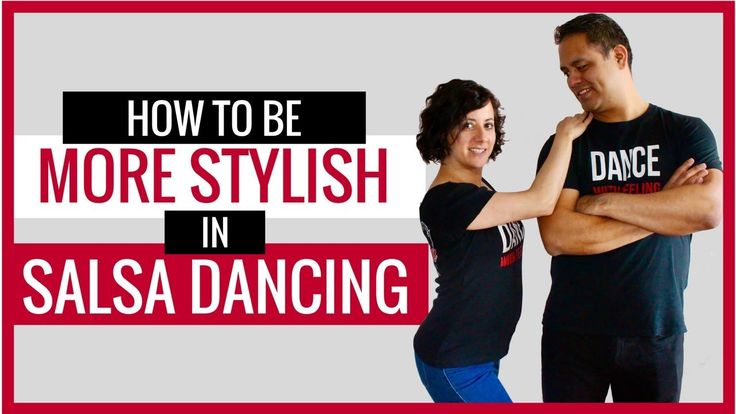 People who from the very beginning wonder how to become a professional dancer often become the leading choreographers and art directors of their own dance studios.
People who from the very beginning wonder how to become a professional dancer often become the leading choreographers and art directors of their own dance studios.
Where to get knowledge to achieve your goals? We have already talked about the method of observation and self-study, as well as classes in dance circles. Another way to learn is to participate in master classes by visiting specialists and dance competitions. Any professional activity, including dancing, requires the intervention of experienced teachers. Dance competitions will help you get the necessary criticisms and tips to improve your technique. Naturally, one must be prepared for disappointments. But not a single remark should stop a true dancer on the way to his goal.
When a person thinks about how to become a good dancer, he thinks about how to acquire technique and finesse of movement, while forgetting about personal qualities. But they are no less important than the baggage of knowledge and experience gained.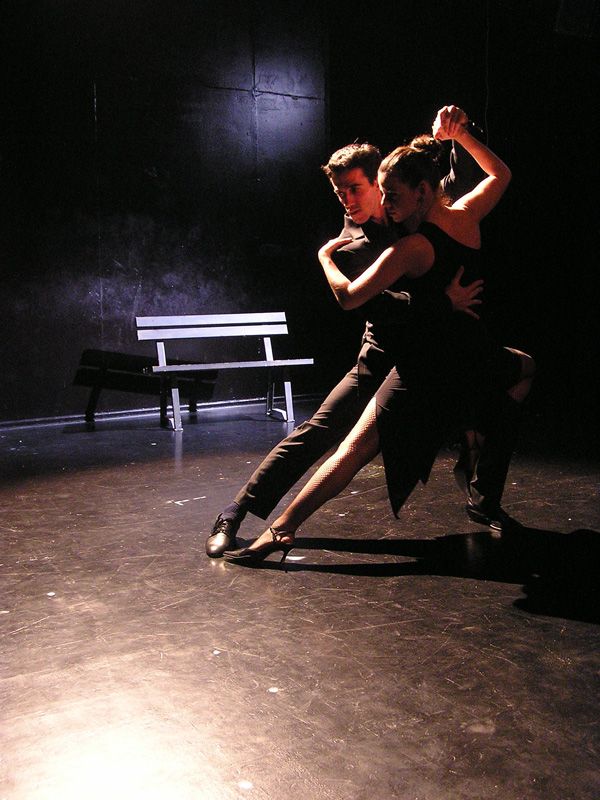 A lot is decided by the energy and charisma of the author of the issue. Does he have a talent, or does he mechanically repeat the learned movements? Is he lethargic or does his temperament make him get up from his chair and give a standing ovation? It is personal qualities that sound the very final chord that affects success.
A lot is decided by the energy and charisma of the author of the issue. Does he have a talent, or does he mechanically repeat the learned movements? Is he lethargic or does his temperament make him get up from his chair and give a standing ovation? It is personal qualities that sound the very final chord that affects success.
Along the way, in the world of dance, physical abilities are improved, as well as spiritual traits of a person's character. Success in this field can boost self-confidence.
When deciding what events to go to and how to become a dancer, the main thing to remember is that you should like the dance style. The body should literally "tear to dance" with the sounds of salsa or flamenco. Dance revives energy and mood. After all, it is not without reason that there is an opinion that dance is life.
Sign up for free class
Just fill in these fields
and we will contact you
Hip-Hop DancingDanceHallTwerk | Booty DanceTwerk | TwerkGo-Go | Go-GoBreakdancePoppingJazz FunkStretchingHouse DanceBody WorkHigh HeelsBody MadeContemporaryContemporary DanceStreet DanceRhythmDanceHall KidsStreet DancingBooty Dance | Booty DanceContemporary ChoreographyKrump | KrumpLady's StyleWaacking & VogueRagga | RaggaClub DancingBaby DancingWedding DanceExperimentalIndividualVIP GroupsHip Hop ChoreoBallet / ChoreographyBooty Dance | Booty Dance Jazz Modern Street Dance Kids Street Dance Kids Pro0003
Dance Directions
- Hip Hop Dancing
- Hip Hop Dancing
- DanceHall
- DanceHall
- Twerk | Booty Dance
All directions
12 life hacks to quickly learn how to dance from Mamita Dance
dances
Author: Pavel Sobiray
psychologist, teacher of salsa and tango
dances
Author: Pavel Sobiray
psychologist, teacher of salsa and tango
 When it doesn't happen, the hypothesis arises that everything takes time. After a conditionally acceptable time, humility comes to mastering pair dances, which, perhaps, is not given, and I will just do what I learned somehow.
When it doesn't happen, the hypothesis arises that everything takes time. After a conditionally acceptable time, humility comes to mastering pair dances, which, perhaps, is not given, and I will just do what I learned somehow. This is the most common story of those who believe that the mere act of attending a pair dance class is enough to learn how to dance.
Absolutely not. If you want to really dance well, you have to make an effort outside of the dance class. A good teacher will definitely be needed, but the initiative should be on your side.
1. Listen to music
The most common and accessible advice that is given already in the first lessons. And it definitely works. Music creates a certain atmosphere of the dance and intuitively you want to move to it. It doesn't matter where you listen to music - in the car, on headphones while walking or doing household chores.
An addition that will help you dance better is your active participation in the music.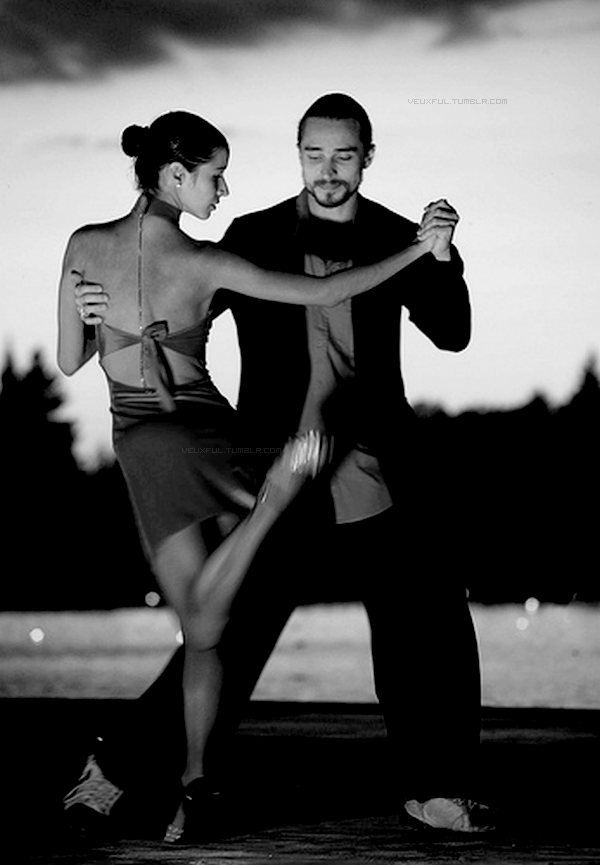 Sing along, dance or simply beat musical accents with any free parts of the body. In the subway, for example, it is enough to tap out bright moments with your fingers, in the car to sing along with sounds, and at home you can jump for pleasure.
Sing along, dance or simply beat musical accents with any free parts of the body. In the subway, for example, it is enough to tap out bright moments with your fingers, in the car to sing along with sounds, and at home you can jump for pleasure.
2. Watch videos of good dancers
It's complicated, but also obvious. It’s more difficult, because without recommendations from more experienced dancers, unfortunately, it’s not so easy to find a good quality video on the net (I mean not the resolution quality, but the content itself).
Meaningful video viewing is about building an understanding of HOW dancers make a particular impression on a partner or viewer. Technology is at the heart of everything. Understanding how the pros do it is a big step forward.
It is important to distinguish a show from a disco dance, a staged performance from an improvisation, a stylized dance from an authentic one, etc. Ask for recommendations and dance teachers will always throw off a couple of videos of worthy landmarks.
Tango Z. Showreel.
Online modern tango courses
Tango nuevo is the most advanced version of tango. We can quickly learn to dance from zero to a steep level.
| View details |
3. Dance in salsatecas/milongas/discotheques
A very delicate moment when it is worth coming to the first party. From a technical point of view, most students in 1-3 months have a sufficient set of figures and techniques to come and dance calmly. Psychologically, the same moment can be stretched out for an indefinite time. After all, it is imperative to “not lose face”, “learn more figures” and be sure what to do in case “there is an unfamiliar movement”.
In fact, the partygoers don't really care (except for a small layer of non-professional teachers who want to help inexperienced dancers by treating them as customers in the future). It is important to come and try dancing after a month of classes.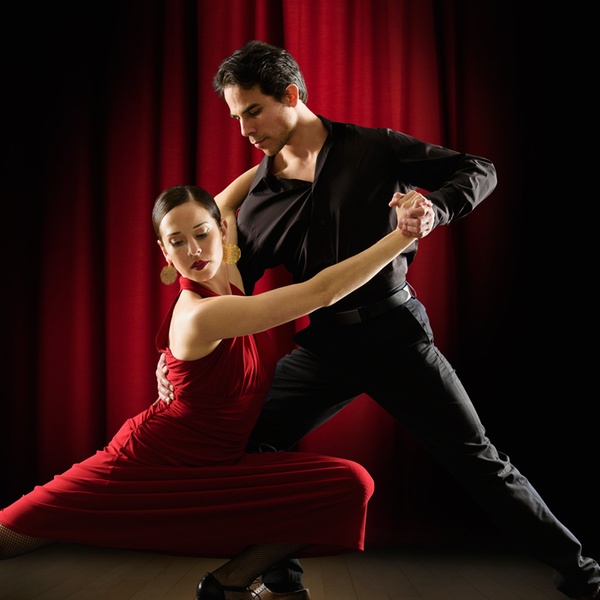 You can only with friends or guys from your group. This will be enough to feel the adrenaline and inspiration from the dance.
You can only with friends or guys from your group. This will be enough to feel the adrenaline and inspiration from the dance.
4. Dance with partners or partners not of your level
The conventional wisdom that you need to practice in groups of your level does not stand up to the test of experience. Perhaps now your eyes widened in surprise, and you want to meaningfully read the phrase again. Yes, you saw everything correctly: when you dance with a partner of your level, you don’t grow anywhere.
It's important to understand that not only does it work one way and you have to dance with cooler dancers, but it works even more effectively the other way. It is no coincidence that teaching pair dances dramatically raises the level of the teacher himself. You have an endless stream of very beginner dancers.
How it works. A more experienced partner needs to be "stretched". It's easy and obvious. With beginners, you need to take more initiative on yourself, see the general pattern of the dance more widely, turn on and insure more, try to be an example and be more careful. The quality of interaction begins to grow significantly. And wonderful partners too.
The quality of interaction begins to grow significantly. And wonderful partners too.
Dancing with partners of your level doesn't make you grow. Dance with both beginners and more advanced dancers
Dominican Bachata Women's Style Online Course
Want to learn how to hypnotize those around you with the most appetizing part of your body? On the course we will tell you all the secrets.
| Interesting |
5. Learn to dance for a partner and for a partner
Turks and Argentines are one of the best partners in the world. In Russia, partners are highly valued. Why? The answer is simple. In Argentina and Turkey, it is not questionable for men to ask another man to lead in one piece or another and give feedback on the quality of the lead. For them, it will be a great shame to hear moralizing from a partner, or even more so to be known in the community as an insecure partner.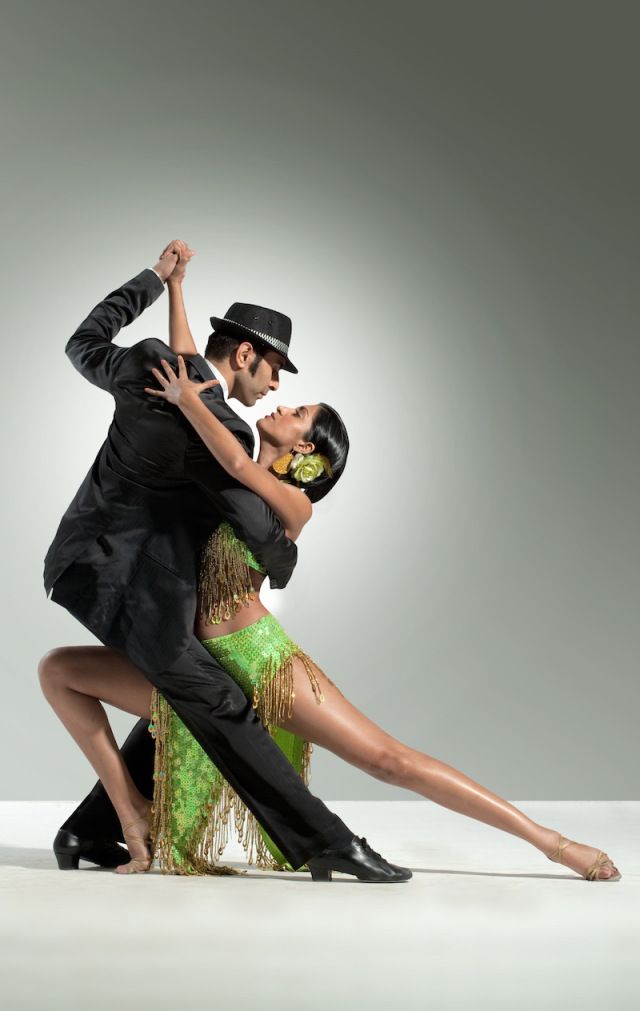
In Russia, due to the constant, often far-fetched, opinion that there are more women in pair dances, partners calmly get up and study their partner's part. Such partners then grow into very cool dancers and teachers. In no case do this at parties, only in class. Here we are talking only about the learning strategy. At parties, be yourself.
6. Do not memorize the links
Always try to look deeper and understand the through principle and idea of movement. Understanding what and how is done will make it possible to independently generate any sequences and chips.
Human memory is limited and there will always be a moment when something will escape and your repertoire will be limited by the size of RAM.
In Argentine tango, for example, there are seven levels of movement formation that, when mastered, will allow you to make millions of combinations. And how many dance sequences can you really remember? In rueda, more than 150 figures dance in a rare circle.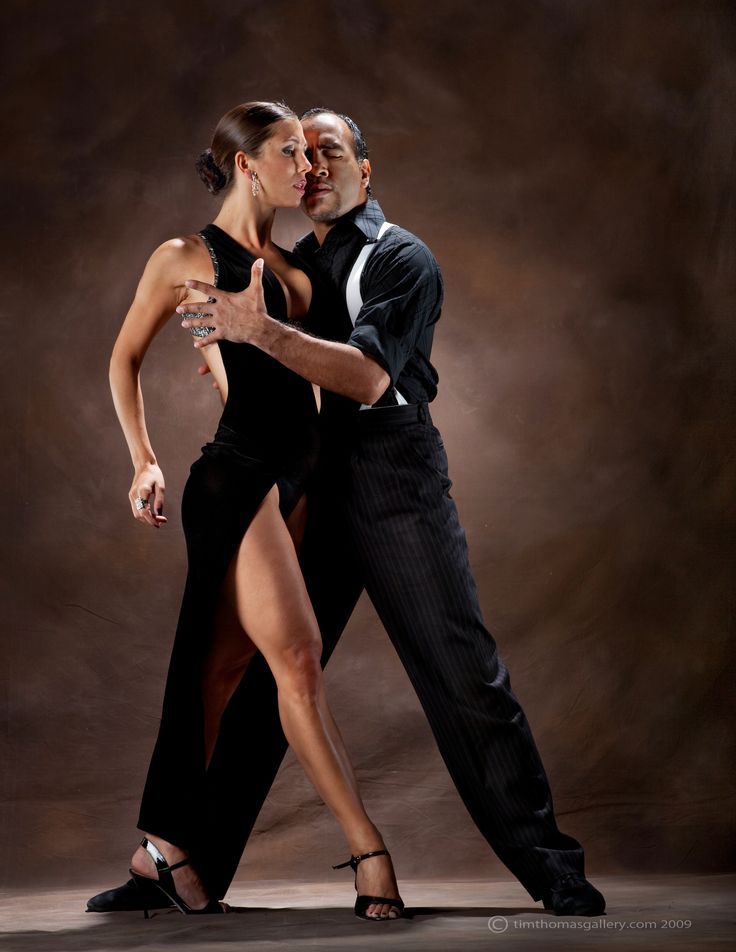 It's hard to keep more in mind.
It's hard to keep more in mind.
7. Develop your body
Many years of experience in teaching pair dances shows that as soon as everyone pairs up in a class, any progress in individual style ends. But it is the individual style that distinguishes everyone at the disco: partners change, and style is always with you.
The body as the main instrument of dance must be very plastic, responsive and emotional. Surprisingly, not all pair dance schools have a general physical warm-up. It is vital to tune the body and understand how it works.
You can always train extra and concentrate more on the basic steps, as their true value is as body work. The sequence of steps is, in fact, the simplest thing that can be in pair dancing. The quality of individual performance determines the craftsmanship.
8. Try on the images of inspiring dancers
A psychological life hack for those who have already mastered the steps, but still feel that there is not enough brightness and drive. Most are terribly afraid of being someone else's "clone". Here the action is the same as under the influence of hypnosis - the more you resist, the more you plunge into an altered state of consciousness.
Most are terribly afraid of being someone else's "clone". Here the action is the same as under the influence of hypnosis - the more you resist, the more you plunge into an altered state of consciousness.
With a high degree of probability, you are already dancing like someone else's "clone". A meaningful fitting of someone else's image is that you mentally take the image of the one who inspires you (inspiration is critical in this case) and "put on" yourself. Then you start dancing and trying to feel in general how it is to be able, for example, to be the best partner or the sexiest partner in a disco. This is much more difficult than it seems. But it works extremely efficiently.
9. Dance to offbeat music
Habitual rhythms keep you tight. Tango salon or speedy timba leave little room for experimentation and fantasy. Pattern dancing is always noticeable and is reserved for beginners.
The truly new is born outside of the usual.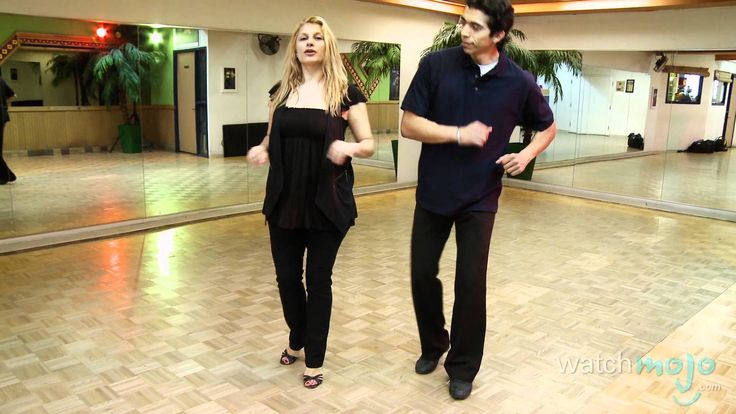 Look for places to experiment. If there is no place, organize self-training. The main thing is not to get carried away, because music determines the style. We bring something new to pair dances, rather than trying to change them.
Look for places to experiment. If there is no place, organize self-training. The main thing is not to get carried away, because music determines the style. We bring something new to pair dances, rather than trying to change them.
Search, improvise, don’t be afraid to go beyond, develop in different directions, be inspired by music atypical for style
10. Try your hand at basic dance directions
dances exist according to their own non-choreographic laws.
This is the deepest delusion, which has turned into a ceiling for the qualitative development of partner dances. After all, all professional dancers, for example, in salsa or bachata, build their ideas on the basic choreographic principles.
Do not think that choreography is only applicable on stage. Any meaningful movement of the body can be choreographic. In general, try classical or modern choreography. Basically, hip-hop can work too.
11. Look for battle sensations
Pair dances return us to an active position of manifestation of our body. As in the days of our ancient ancestors, we impress the members of the opposite sex by how dexterous, hardy, sexy, etc. we are. Modern laws of the jungle in the entourage of big cities.
If you look around the dance floor, it becomes clear that the majority are clearly herbivores (not in the sense of vegetarians, but in relation to those around them). I am sure that predators are always more interesting in terms of the attractiveness of the image - try to find a counterbalance among herbivores, for example, a cat woman or a lion man.
The conversation is about an internal position, not about aggressiveness. Lability and lack of control are inherent in adolescents, and not in adult self-sufficient people.
Accordingly, even a training or friendly battle gives, on the one hand, practical skills - to make a bright sequence of movements, bring an idea to a climax, show a spectacular feature, on the other hand, develops the psychological basis of the dance - self-confidence, resistance to extraneous attention, self-control and self-control in complex elements.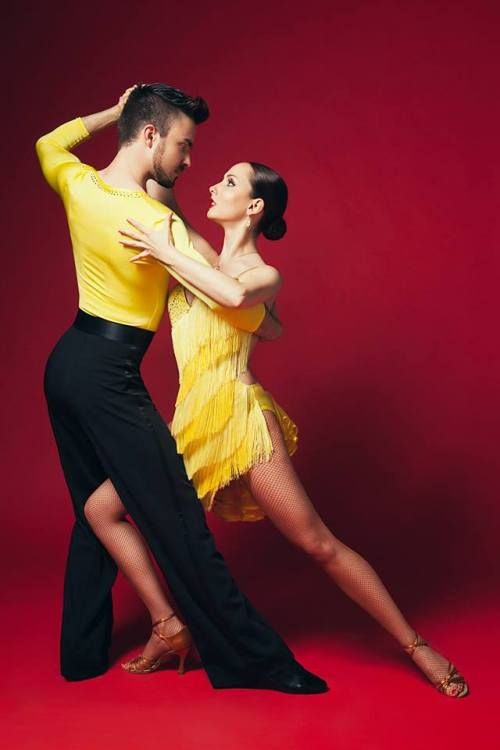
12. Communicate with professionals
The environment shapes the internal position. Basically, real passionaries of the dance community are ready to openly talk, discuss and support the development of dance in every possible way. Universal principles and the ideas they articulate have a much longer and more practical perspective than meets the eye.
Accept that, for example, behind the words "listen to your partner" is not only a beautiful metaphor, but also a practical skill to literally listen to your partner. At the same time, always treat every thought, even the most respected teacher, as a private opinion.
Your skill will lie in finding the scope of the idea even in conflicting opinions. Most often, the contradiction is speculative and the truth lies in the angle of perception or situationality.
Your dancing growth will stop sooner or later. This can happen at the level of three basic steps or years of experience in teaching and show performances.







